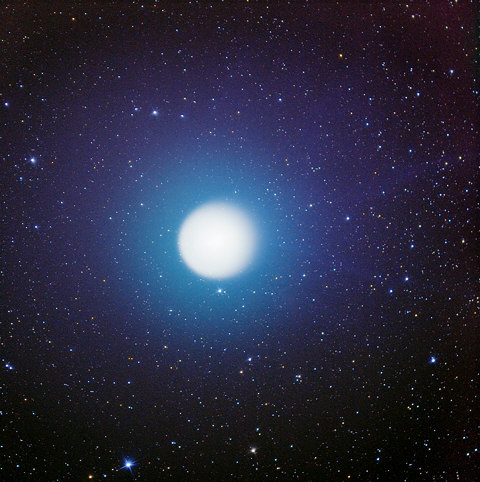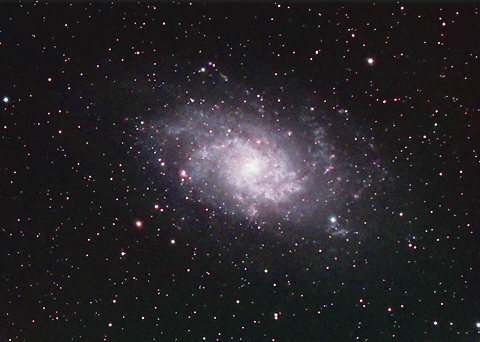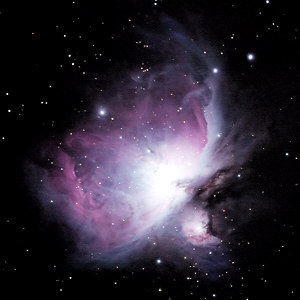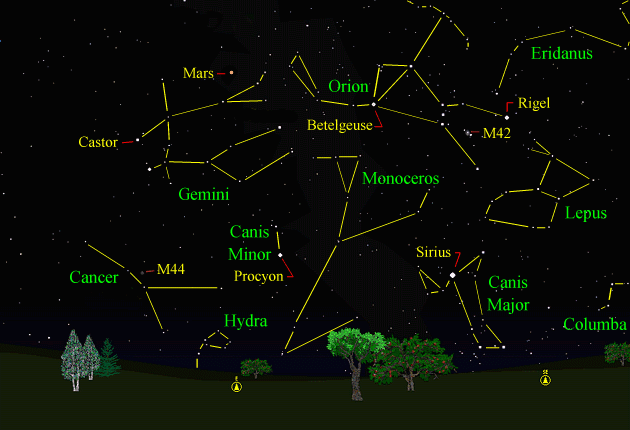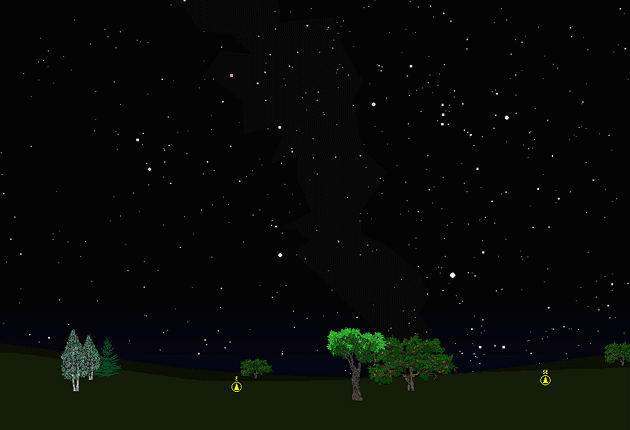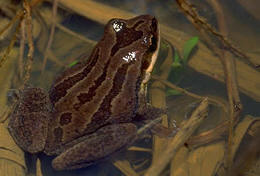The purpose of this feature is to give scout leaders, educators and naturalists an idea of some of the natural events coming up each month. We will try to cover a variety of natural events ranging from sky events to calling periods of amphibians, bird and mammal watching tips, prominent wildflowers and anything else that comes to mind. We will also note prominent constellations appearing over the eastern horizon at mid-evening each month for our area for those who would like to learn the constellations. If you have suggestions for other types of natural information you would like to see added to this calendar, let us know! Note: You can click on the hyperlinks to learn more about some of the featured items. To return to the Calendar, hit the "back" button on your browser, NOT the "back" button on the web page. All charts are available in a "printer friendly" mode, with black stars on a white background. Left clicking on each chart will take you to a printable black and white image. Notes and Images From November 2007
Many got to view bright Comet Holmes last month as it drifted through Perseus. The exposure at right was taken on November 5th, and is long enough to show not only the greenish-blue glow surrounding the head of the comet, but also some of the blue ion tail streaming out behind it. We had an almost head-on view of the comet, so our view of the tail was much foreshortened. Though still faintly visible to the naked eye, it has since faded considerably. If you photograph faint objects in the sky, moonlight is not your friend. I love to see a full moon rise over the tree-tops, but I don’t like to see it when I’m imaging. Moonlight draws a gossamer veil over the night sky, and hides the fainter details of deep sky objects. On November 27th, I had time for only 4 seven-minute exposures of the spiral galaxy Messier-33 before the moon made its way over the horizon. M-33 is the thirty-third object in a catalog by the 18th century French comet-hunter Charles Messier. Messier was sometimes frustrated in his comet searches by objects that looked like comets, but in fact were not comets. To avoid repeating his mistakes, he made a catalog of these "embarrassing objects." In doing so he recorded the position of many of the brightest and most beautiful galaxies, star clusters and nebulae in the sky. He is famous now not for his comets but for his catalog of embarrassments. M-33 is one of the closest spiral galaxies to our Milky Way galaxy. A number of faint emission nebulae glow pink within the spiral arms. It is appropriately nicknamed the "Pinwheel Galaxy." You can often see M-33 as a soft glow in binoculars in a dark sky (and even with the naked eye in very dark conditions). To find it in the night sky, look at the star charts in the October Natural Calendar.
Sky Events for December 2007: The winter solstice occurs at 12:08am CST on the morning of December 22nd, marking the beginning of winter in the northern hemisphere. The earliest sunset of the year occurs on December 8th, about two weeks before the solstice. The Geminid Meteor Shower peaks on the evening of December 13th and the morning of December 14th. This is typically one of the better meteor showers. The radiant of the shower is just above the bright star Castor in Gemini. A lounge chair and sleeping bag should keep you warm while you watch the shower. Face the chairs east. A thermos of hot chocolate or coffee is a nice option. Evening Sky: Mars reaches opposition to the earth on Christmas Eve, but the two planets are closest on December 18th. For part of the month, the red planet will be brighter than any star in the sky, glowing like a hot coal. Watch for Mars to rise at dusk at mid-month in Gemini. Saturn rises around 10:20pm CST at mid-month in Leo. Morning Sky: Venus rises about 3:30am CST at mid-month. It will shine brightly in the morning sky all month long. All times noted in the Sky Events are for Franklin, Tennessee and are Central Standard Time. These times should be pretty close anywhere in the mid-state area. Constellations: The views below show the sky looking east at 9:00pm CST on December 15th. The first view shows the sky with the constellations outlined and names depicted. Star and planet names are in yellow. Constellation names are in green. The second view shows the same scene without labels.
Compare the bright stars Betelgeuse and Rigel in Orion. Betelgeuse is a red giant and the star Rigel is a very hot, very bright supergiant. Compare the color of the two stars. If you have a telescope, point it to the center of the three "sword" stars below Orion's belt. There you will find the Orion Nebula, M42, one of the most magnificent emission nebulas in the sky. The pink glow of hydrogen alpha light is visible only in very large telescopes and the nebula appears as a small greenish glow in small telescopes. Crouching beneath the feet of Orion, is Lepus, the Hare. Below Lepus is Columba, the Dove. Sirius, the brightest star in the sky, shines below Orion. Sirius is in Canis Major, the Great Dog, and for that reason is known as the Dog Star. In the late summer, Sirius rises at the same time as the sun. Because of this, the late summer days are known as “the dog days." The faint constellation Monoceros, the Unicorn, follows Orion over the eastern horizon. Low in the eastern sky below Gemini is Canis Minor, with its bright star Procyon. Procyon means, "before the dog," and refers to the fact that Procyon rises just before the Dog Star, Sirus. Look below Gemini and see if you can spot the faint glow of M44, the "Beehive Cluster." This cluster is located in Cancer, the Crab. Finally, Hydra, the Water Serpent, rears its head just above the eastern horizon.
On Learning the Constellations: We advise learning a few constellations each month, and then following them through the seasons. Once you associate a particular constellation coming over the eastern horizon at a certain time of year, you may start thinking about it like an old friend, looking forward to its arrival each season. The stars in the evening scene above, for instance, will always be in the same place relative to the horizon at the same time and date each December. Of course, the planets do move slowly through the constellations, but with practice you will learn to identify them from their appearance. In particular, learn the brightest stars (like Sirius and Procyon in the above scene), for they will guide you to the fainter stars. Once you can locate the more prominent constellations, you can "branch out" to other constellations around them. It may take you a little while to get a sense of scale, to translate what you see on the computer screen or what you see on the page of a book to what you see in the sky. Look for patterns, like the three stars in a line in Orion's belt. The earth's rotation causes the constellations to appear to move across the sky just as the sun and the moon appear to do. If you go outside earlier than the time shown on the charts, the constellations will be lower to the eastern horizon. If you observe later, they will have climbed higher. As each season progresses, the earth's motion around the sun causes the constellations to appear a little farther towards the west each night for any given time of night. If you want to see where the constellations in the above figures will be on January 15th at 9:00pm CST, you can stay up till 11:00pm CST on the December 15th and get a preview. The westward motion of the constellations is equivalent to two hours per month. For instance, if you want to see what stars will be on your eastern horizon on March 15th at 9:00pm CST (3 months later), you would need to get up at 3:00am CST in the morning on December 15th (3 months times 2 hours/month = 6 hours).
Sky Publishing has just come out with a beautiful and compact star atlas, Sky & Telescope's Pocket Star Atlas. It is destined to become a classic, and is a joy to use at the telescope. A good book to learn the constellations is H. A. Rey's
classic,
The Stars, A New Way to See Them. Rey's depictions of the
constellations and witty commentary are terrific. A good general reference book on astronomy is the Peterson
Field Guide,
A Field Guide to the Stars and Planets, by Pasachoff.
The book retails for around $14.00. A good beginners software program for learning the night sky
is the Starry Night Beginner program. Visit the Starry Night web site at
www.starrynight.com The program retails for around $30.00 and
contains a wealth of information.
Amphibians:
December really marks the beginning of the breeding season for our Tennessee frogs and toads. We have had breeding choruses of Southeastern Chorus Frogs as early as December 4th. Breeding even before Wood Frogs, these irrepressible inhabitants of flooded winter fields and other wet areas will call throughout the cold winter months. Listen for their call, which sounds like someone dragging their thumb across the teeth of a plastic comb, on mild wet winter evenings. Listen also for Southern Leopard Frogs. We hear them throughout the fall. Many other Tennessee frogs and toads can also be seen on mild December nights, but most are silent.
Birds: This winter may be an unusually good time to look for, or call in, Northern Saw-whet Owls. A Northern Saw-whet Owl responding to a tape of its call was caught in a mist net and banded at Warner Parks in Nashville earlier this fall. A Long-eared Owl was discovered near Charlotte Avenue in Nashville on December 3rd of this year, so also be on watch for these owls. You may have to check out quite a few stands of conifers before you find one. If you walk grassy fields that have some wetter areas, you may flush a Short-Eared Owl, a winter resident in Tennessee. We have flushed them from fields at Pardue’s Pond near Ashland City, along the roads that go to Pace Point near Big Sandy, Tennessee, at Britton Ford near Dover, Tennessee and at Savannah Bottoms, south of Savannah, Tennessee. These birds tend to occupy the same habitat as Northern Harriers, so if you see Harriers over grassy fields, be on the lookout for the owls. They often begin flying in the late afternoon, coursing over the fields like a Harrier. It’s a good idea to check any “Northern Harrier” you see in the late afternoon to make sure it’s not a Short-eared Owl. Through the end of December, listen for the courtship dueting of Great Horned Owls at dusk and dawn. You probably have already put out your bird feeders, but if you haven’t you're missing out on a lot of good looks at winter feeder birds. This is a great time of year to start learning your birds. Watch and listen for winter residents such as White-throated and White-crowned Sparrows, Yellow-bellied Sapsuckers, Pine Siskins, Red-breasted Nuthatches, Golden-crowned Kinglets and Brown Creepers. Recommended: Bird Finding in Tennessee, Michael Lee Bierly. A classic guide to finding birds in Tennessee. The Sibley Guide to Birds, David Allen Sibley The Sibley Guide to Birds of Eastern North America, David Allen Sibley This new Sibley Guide covers only eastern North America, is quite compact, and is less expensive than the larger Sibley. An inexpensive guide for beginners is the Golden Guide for Birds.
Archives (Remember to use the back button on your browser, NOT the back button on the web page!) Natural Calendar November 2007 Natural Calendar September 2007 Natural Calendar February 2007 Natural Calendar December 2006 Natural Calendar November 2006 Natural Calendar September 2006 Natural Calendar February 2006
Natural Calendar
December 2005
Natural Calendar
November 2005
Natural Calendar
September 2005
Natural Calendar
February 2005
Natural Calendar
December 2004
Natural Calendar
November 2004
Natural Calendar
September 2004
Natural Calendar
February 2004
Natural Calendar
December 2003
Natural Calendar
November 2003
Natural Calendar
September 2003 Natural Calendar February 2003 Natural Calendar December 2002 Natural Calendar November 2002 Nature Notes Archives: Nature Notes was a page we published in 2001 and 2002 containing our observations about everything from the northern lights display of November 2001 to frog and salamander egg masses. Night scenes prepared with Starry Night Pro software All images and recordings © 2007 Leaps
|
